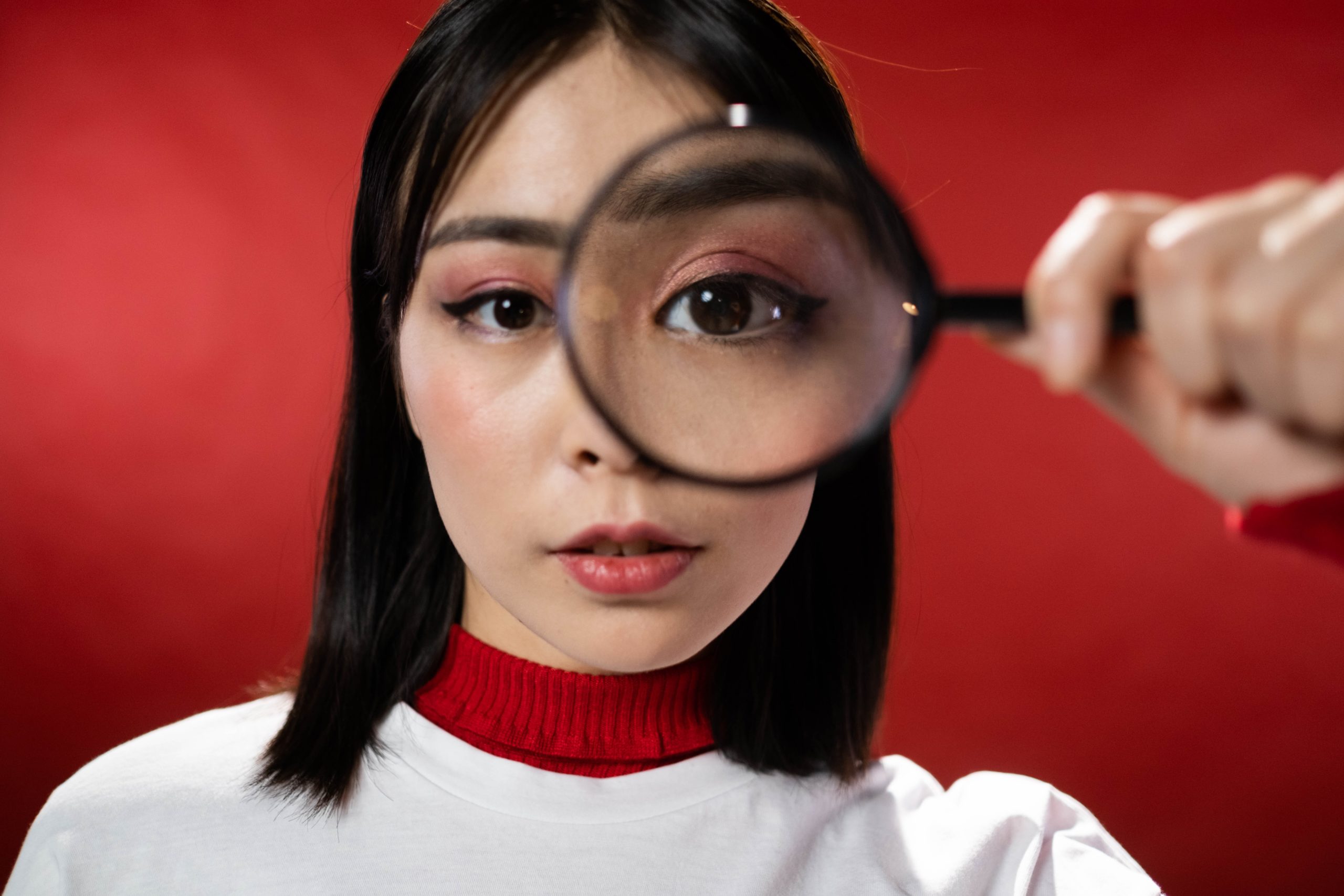There is this growing tendency among young people to sought new habits and lifestyle changes that have the potential of improving their wellbeing. Part of this is due to fad trends, while there is another part related to genuine curiosity of dietary, hormonal and pharmacological mechanics. A growing trend among these is microdosing. But what is microdosing, exactly? The name itself implies an administration protocol, but the term was coined to describe a regimen of specific type of psychedelic use. In this article, we will discuss the benefits of microdosing and the possible dangers associated with this practice.

Psychedelics are a subset of drugs with powerful psychoactive properties which induce strong alterations in cognition, perception, affect, and neurophysiology. Psychedelic experiences are referred to as trips, indicating a voyage that is often described as spiritual, mind-alternating, and emotionally significant. These trips, however, take place after a recreational dose, or what psychedelic enthusiasts refer to as a full dose. So what is microdosing?
What is microdosing?
Microdosing is an administration protocol where participants take a very small amount of a psychoactive substance. These small doses differ according to the substance used, so it is important to be very specific in measurements depending on the drug.
For LSD, which is short for Lysergic Acid Diethylamide, a typical microdose would include anywhere from 6 to 25 micrograms. Alternatively, for psilocybin (called magic mushrooms or shrooms) which is taken in the form of dried mushrooms, a microdose ranges anywhere between 0.1 to 0.5 grams. Other psychoactive drugs like MDMA and mescaline are also used as pharmacological agents in microdosing protocols.
The benefits of microdosing are observed over a long period of time, since the administration follows a predictable schedule stretching for weeks on end. Each micro dose is taken once every four days, and the schedule lasts anywhere between four to five weeks.
It is important to note that psychedelics are illegal in most parts of the world. Therefore, do not take this article as anything more than informative writing, and certainly not as medical advice. Proper administration of any drug must be discussed with a medical professional, or a pharmacologist, and we do not take any responsibility for your actions.
Back in 2016, the global drug survey conducted a small study trying to answer how many people have microdosed LSD. Out of the 12,300 people, a whopping 6.2% have tried microdosing at least once in their lifetime. However, the demographic was not chosen randomly, and it is believed that most participants in such studies are western young men, between the ages of 18 and 30.
Why microdose?

If psychedelics are transformative in a positive way, then why cutting the dose at all? The answer is simple – since most psychedelics induce a strong mental experience, the range of which can be super positive to super negative, there is inherent risk in administering a full dose.
Microdosing LSD or psilocybin is a way to pursue some of the benefits, albeit reduced in potency, all the while hoping to avoid some of the negative experiences, or at least reduce their effect and duration by a significant margin.
Such protocols have been developed by a large and growing microdosing community, where trial and error gradually formed the basis for best practice. Lacking microdosing studies, enthusiasts who enter the discussion are often headed to forums such as Reddit, where dedicated categories called subreddits provide an outlet for a garden variety of anecdotal stories. One such is r/microdosing, with 147,000 members at the moment of writing this article.
More serious work, in the form of books and interviews on the topic is also available, most prominent of which is The Psychedelic Explorer’s Guide: Safe, Therapeutic, and Sacred Journeys, by James Fadiman.
So what are the benefits of microdosing?
Different dosage and different drugs are said to produce a slight variation in experience, though the anecdotal reports are largely consistent. Microdosing with LSD and psilocybin are said to positively affect levels of anxiety, chronic stress, depression, creativity, cognition, and openness as a personality trait.
Full doses of psychedelic drugs have been used in clinical setting throughout the past decades, though research is very limited and there is ample opportunity for negating some of the findings due to poor study design, demographics, and narrow scope.
Nevertheless, psychedelics have been linked to successful treatment of treatment-resistant depression, clinical anxiety, post-traumatic stress disorder and mood swings. Further research, however, is necessary to validate such claims.
Knowing this, we can answer the question of what is microdosing. It is, in a more practical way, an attempt to garner all of the positive effects of psychoactive drugs, without suffering some of the negative experiences associated with their use. We will talk about this in a moment.
Here at Lifestyle Updated we only explore microdosing from an informational perspective, and we propose other methods to arrive at the same reported outcomes. Of course, with none of the potential drawbacks, and within the scope of what is legal. These include meditation, exercise, journaling and healthy lifestyle habits related to food, sleep and how we spend our spare time. We have already written about the mental benefits of exercise as it is a very safe place to start improving your wellbeing.
Available scientific data
One study by Thomas Anderson et al., published in Harm Reduction Journal, included 278 people who microdose. The reported benefits, after developing a grounded theory method where answers from participants are coded and their percentile distribution observed revealed benefits of microdosing similar to anecdotal evidence from the community shared on forums and blogs

As per the study results, coding these benefits of microdosing include several categories:
- Improved mood (26.6%)
- Improved focus (14.8%)
- Creativity (12.9%)
- Self-efficacy (11.3%)
- Improved energy (10.5%)
- Social benefits (7.6%)
- Cognitive benefits (5.8%)
- Reduced anxiety (4.2%)
- Physiological enhancement (3.0%)
- Other (2.2%)
- Reduced symptoms (1.1%)
Reduced symptoms have to do with physical discomfort from certain ailments, as well as PTSD, anxiety and depression.
Now that we know what is microdosing, and what are the benefits of microdosing, it is appropriate to ask the following question – is microdosing dangerous?

The study cited above has reported negative experiences and outcomes as well. These were not as severe as those associated with drug abuse, but were notable and certainly warrant attention. The dangers of microdosing, as reported in the study include several categories when coded sepparately:
- Physiological discomfort (18.0%)
- Other (10.6%)
- Impaired focus (8.8%)
- Impaired energy (7.2%)
- Impaired mood (6.9%)
- Increased anxiety (6.7%)
- Increased symptoms (6.2)
- Social interference (2.6%)
- Cognitive interference (2.3%)
- Self-interference (1.2%)
Checking these categories of benefits and challenges overall, 92.2% of study participants have reported improved mood, reduction in anxiety (59.2%), improvements in meditative practice (49.1%), improvements in exercise (49.1%), as well as general improvements in eating habits and sleep (36.0% and 28.8%). Reduced use of substances was also reported, including reduced use of caffeine (44.2%), reduced use of alcohol (42.3%), cannabis, tobacco and psychiatric prescription medications (30.3%, 21.0% and 16.1% respectively).
Two other studies reported similar and conflicting results. Namely, the first of the two tracked 98 microdosing participates, concluding general increase in reported psychological functioning across all measures on the days of dosing, but limited evidence of residual outcomes on following days. The second study was following 263 participates of various experience with the practice of microdosing, and it found a discrepancy between the expected significant positive outcomes, and the actual limited outcomes reported by the studied sample.
Whatever else might be said, it is evident that microdosing protocols affect the brain, providing significant experiences related to reduction of negative affect, and increase in positive mood, cognition, creativity, and overall mental health. The scientific literature, however, is incomplete and needs more entries. For this reason, it is difficult to validate or negate the reported claims, especially since they are derived from a number of n1 studies – meaning anecdotal stories on forums, blogs and comment sections on platforms around the internet. More clinical trials would shed light on this topic of growing interest.
So what is microdosing and is it dangerous?
To conclude, microdosing refers to a practice of taking psychoactive drugs called psychedelics, in quantities far below what constitutes a recreational dose. This minimizes the possibility of having a trip, which is an intense positive or negative physiological experience, and provides an opportunity for minor but nevertheless notable psychological alterations, that affect wellbeing, productivity, and habitual experiences. Is there any danger associated with microdosing? Most certainly yes. Aside from illegality, there is a host of negative phenomena that occur with some frequency whenever the practice is observed scientifically. For this reason, we do not endorse anything related to microdosing, and urge you to approach this topic with the utmost of diligence.